Hands-On Angle Activities
Units Of Measurement
Looking for hands-on angle activities to make math more engaging for your students? Check out these fun ideas for teaching kids to name, compare, and measure angles in the classroom.
Hey there, fellow primary school teachers! Today, we’re talking about angles – one of the most important concepts in mathematics. Understanding angles is not only crucial for mathematical applications but also for everyday life. From reading maps and using navigation tools to building structures, angles play a vital role. So, let’s dive into how we can teach angles to our students and help them build a strong foundation in math.
Introduction to Angles
Teaching angles is an essential part of the geometry curriculum, and it’s crucial to introduce the concept in a way that’s engaging and easy to understand. Angles are formed when two rays share a common endpoint, creating a variety of shapes and forms. These angles can be classified into different types, including acute, obtuse, right, and straight angles. Understanding angles is vital for students to visualise and analyse shapes, and it’s a fundamental concept that will help them in more advanced math topics. By teaching angles effectively, we can help students build a strong foundation in geometry and enhance their problem-solving skills.
Angles in the Australian Curriculum
The Australian Curriculum outlines the scope and sequence for learning about angles in the Measurement Sub Strand of the Mathematics Learning Area. Here are the ACV8.4 & ACV9 Content Descriptions and numbers you need to cover for each year level:
- ACV8.4 – Year 2: Recognise and classify familiar two-dimensional shapes and three-dimensional objects using obvious features (ACMMG043).
- ACV9 – Year 2 – Identify, describe and demonstrate quarter, half, three-quarter and full measures of turn in everyday situations (AC9M2M05)
- ACV8.4 – Year 3: Identify angles as measures of turn and compare angle sizes in everyday situations (ACMMG064)
- ACV9 – Same as ACV8.4 (AC9 M3Mo5)
- ACV8.4 – Year 4: Recognise angles as geometric shapes that are formed wherever two rays share a common endpoint, and identify angles as either straight, right, acute or obtuse (ACMMG089).
- ACV9 – Year 4 – Estimate & compare angles using angle names including acute, straight angle, obtuse, reflex and revolution, and recognise their relationship to the right angle (AC9M4M04)
- ACV8.4 – Year 5: Use a protractor to measure angles (ACMMG112).
- ACV9 – Year 5 estimate, construct & measure angles in degrees, using appropriate tools including a protractor, and relate these measures to angle names. (AC9M5M04)
- ACV8.4- Year 6: Investigate, with and without digital technologies, angles on a straight line, angles at a point and vertically opposite angles. Use results to find unknown angles (ACMMG141).
- ACV9 – Year 6 – Identify the relationships between angles on a straight line, angles at a point and vertically opposite angles; use these to determine unknown angles, communicating reasoning.
As you can see, students start learning about angles from Year 3 but in Year 2 important and build upon their understanding each year.
Problems To Look Out For When Measuring Angles
Learning about angles is usually thought of one of the easier maths concepts for students; however it can be challenging for some students. Here are some problems that students may have when learning about angles:
- Difficulty in visualising angles: Some students may find it hard to understand and visualise different types of angles. For example, distinguishing between acute and obtuse angles may be tricky.
- Measuring angles: Measuring angles accurately can be challenging for some students, especially if they don’t have prior experience with using a protractor.
- Another challenge is visualizing angles in different positions or orientations.
- Applying angle concepts: Students may struggle with applying angle concepts in real-life situations.
- Difficulty understanding complementary and supplementary angles: Students may struggle to grasp the concepts of complementary and supplementary angles and how they relate to each other.
However, with some hands-on activities and practice, these challenges can be overcome.
How To Teach Different Types of Angles
So, how can we make learning about angles more engaging and hands-on for our students? Here are some ideas:
- Angle hunt: Take students on an angle hunt around the school or classroom. They can use their bodies or paper cut-outs to show different types of angles. Or hide various objects around the classroom that have different angles, and have students find them and classify them as right, acute, obtuse angle, or straight.
- Protractor practice: Give students opportunities to practice measuring angles using protractors. You can use worksheets or create hands-on activities using construction paper and cardboard. Students could also use their protractors to measure different angles around the classroom, including supplementary angles.
- Angle art: Encourage students to create artwork using different types of angles. For example, they can make a robot using different angles or create a cityscape with buildings of different angles, including acute angles. Have students create different angles using materials such as straws, pipe cleaners, or paper clips. Then, have them identify the type of angles created. This activity helps students visualize angles in different positions and orientations.
- Angles game: Incorporate fun and interactive angles games such as Angles Bingo or ‘I Have, Who Has?’ to reinforce students’ understanding of various types of angles.
- Angles anchor chart: Create an angles anchor chart collaboratively in the classroom to help students visualize and organize different types of angles and their definitions.
- Angles games: Use engaging angles games to teach students about geometric concepts, focusing on identifying and calculating angles.
- Digital tools: Use digital tools like Geogebra to visualise and explore angles. You can also use online games and quizzes to make learning about angles more fun.
Remember, teaching angles can be challenging, but incorporating hands-on activities and engaging angle lesson plans can make all the difference. By using these engaging activities and practising regularly, students can develop a solid understanding of angles and their importance in the world of math. Remember to take it step-by-step and give your students plenty of opportunities to practice and apply their knowledge. Good luck and happy teaching!
Angle Exploration
Exploring angles can be a fun and interactive way to learn about this concept. Students can use various materials such as straws, twist ties, and protractors to create and measure angles. By experimenting with different angles, students can develop their understanding of angle concepts and vocabulary. For example, they can learn to identify and classify different types of angles, such as acute, obtuse, and right angles. This hands-on approach will help students develop a deeper understanding of angles and how they relate to real-world applications. Encouraging students to measure angles in their environment, like the corners of a book or the edges of a desk, can make the learning process more relatable and engaging.
Angle Art and Design
Angle art and design is a creative way to learn about angles. Students can use various materials such as washi tape, paper strips with glue, and WikkiStix to create colourful line-based art. By incorporating angles into their art, students can practice identifying and measuring angles in a fun and engaging way. For example, they can create a piece of art that includes different types of angles, such as acute, obtuse, and right angles. This activity will help students develop their understanding of angle concepts and vocabulary while encouraging creativity and self-expression. Angle art projects not only make learning about angles enjoyable but also allow students to see the beauty and practicality of geometry in everyday life.
Collaborative Angle Projects
Collaborative angle projects are an excellent way to promote teamwork and communication among students while learning about angles. Students can work in groups to create a project that incorporates angles, such as a bridge, a building, or a piece of art. By working together, students can share their knowledge and ideas, and they can learn from each other’s strengths and weaknesses. This collaborative approach will help students develop their problem-solving skills, critical thinking, and creativity while learning about angles. Projects like designing a model city with various structures can make the concept of angles more tangible and demonstrate their importance in engineering and architecture.
Digital Resources for Angles
There are many digital resources available to teach angles, including online games, interactive simulations, and educational apps. These resources can make learning angles more engaging and fun for students. For example, students can use online games to practice identifying and measuring angles, or they can use interactive simulations to explore different types of angles. Digital resources can also provide teachers with a wealth of information and materials to support their teaching, including lesson plans, worksheets, and assessments. By incorporating digital resources into their teaching, teachers can make learning angles more accessible and enjoyable for their students. Tools like Geogebra or angle-related apps can turn abstract concepts into interactive experiences, making it easier for students to grasp and retain the information.
So, there you have it, some awesome tips and ideas for teaching angles to primary school students. We have also created some great resources to help you too. Give them a try and watch your students’ math skills soar! resources to help you too. Give them a try and watch your students’ math skills soar!
Resources listed in this collection
Click to jump to...Hands-On Angle Activities
Explore tags
More Measurement Activities
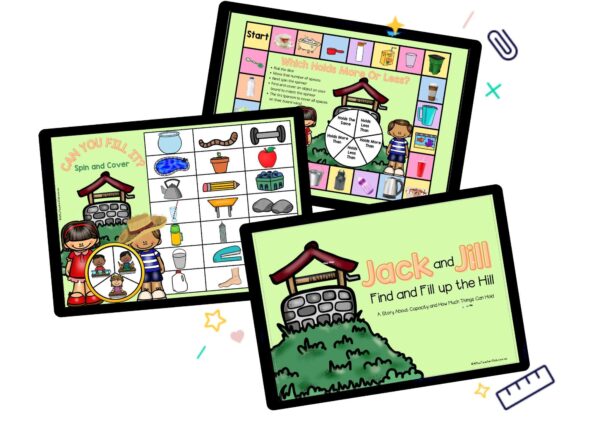
Non Standard Capacity - Jack & Jill
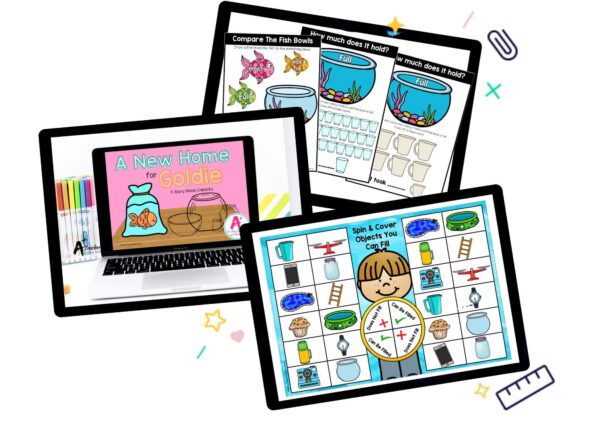
Capacity - K - PP

Time - 4 Step Sequencing

Year 1 Non-Standard Measurement
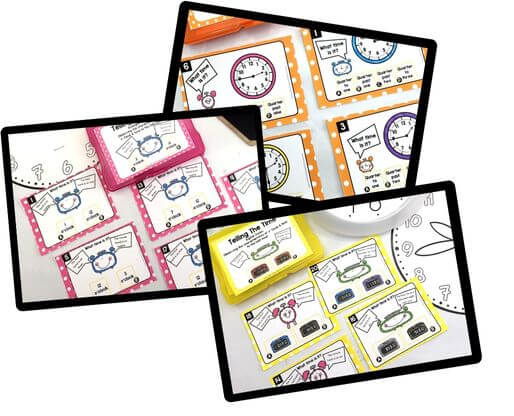
Maths Task Cards - Time
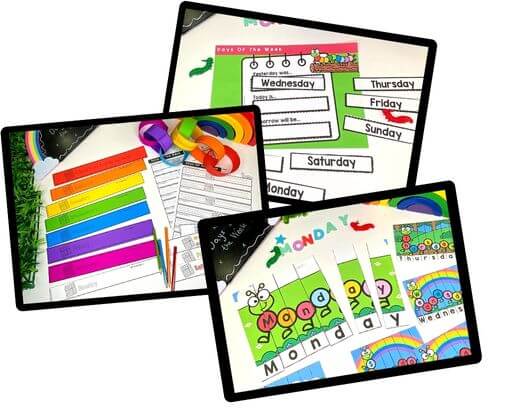
Time - Days of the Week

Length - Non-Standard

Time - 3 Step Sequencing

Area - Non-Standard

Capacity - Non-Standard
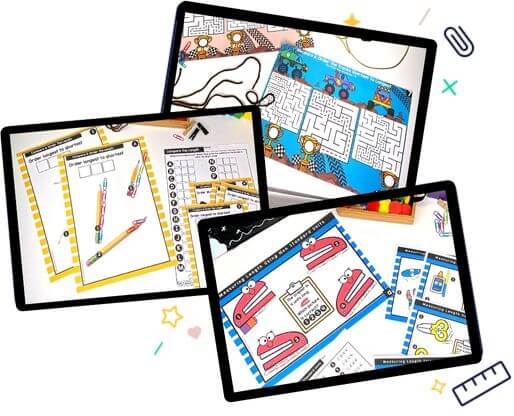
Length - Year 1
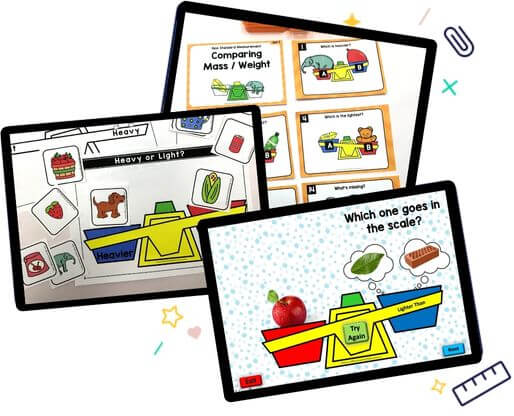
Mass - Non-Standard
Can't find what you're looking for?
Send us a request! Use this form to request a resource. Please give details of the learning area, topic, year level, curriculum links. We’ll be happy to take a look to see if we can fit it in. Unfortunately a request does not guarantee we will be able to make it!
"*" indicates required fields




